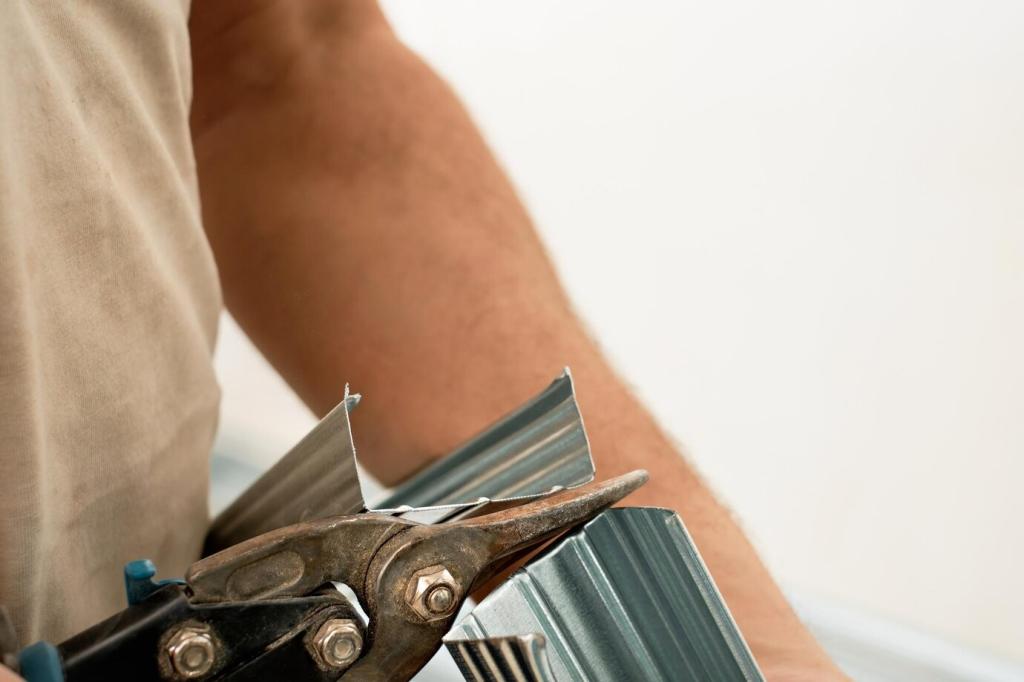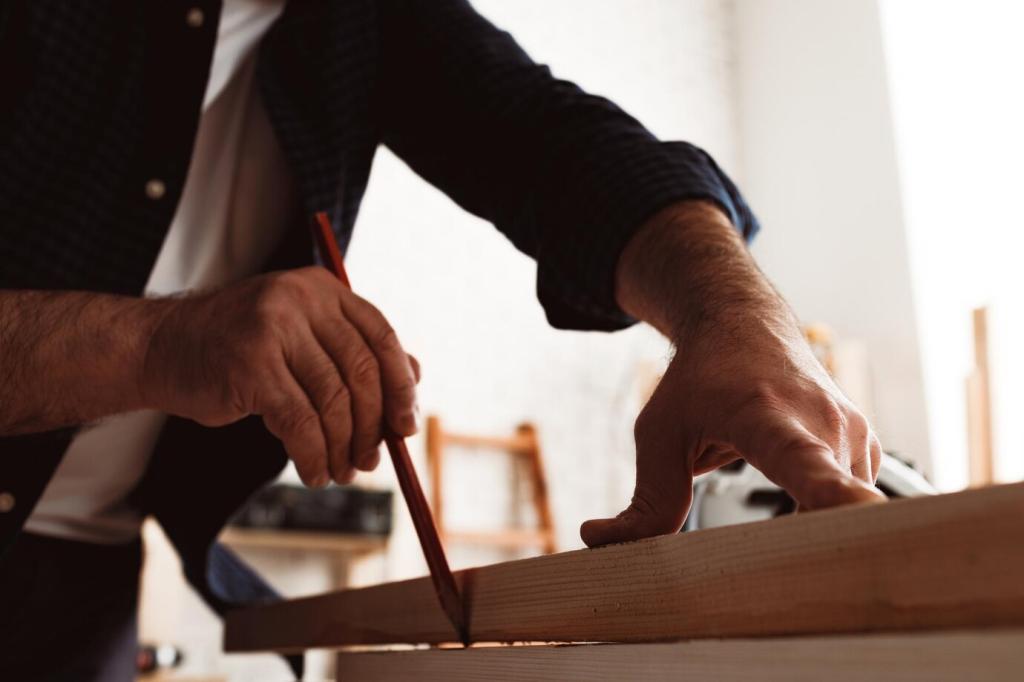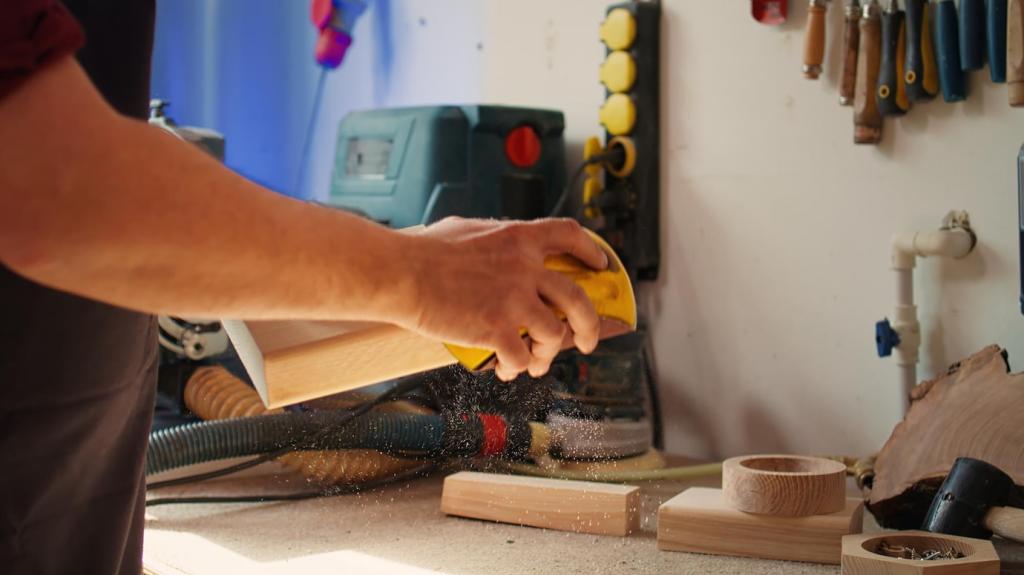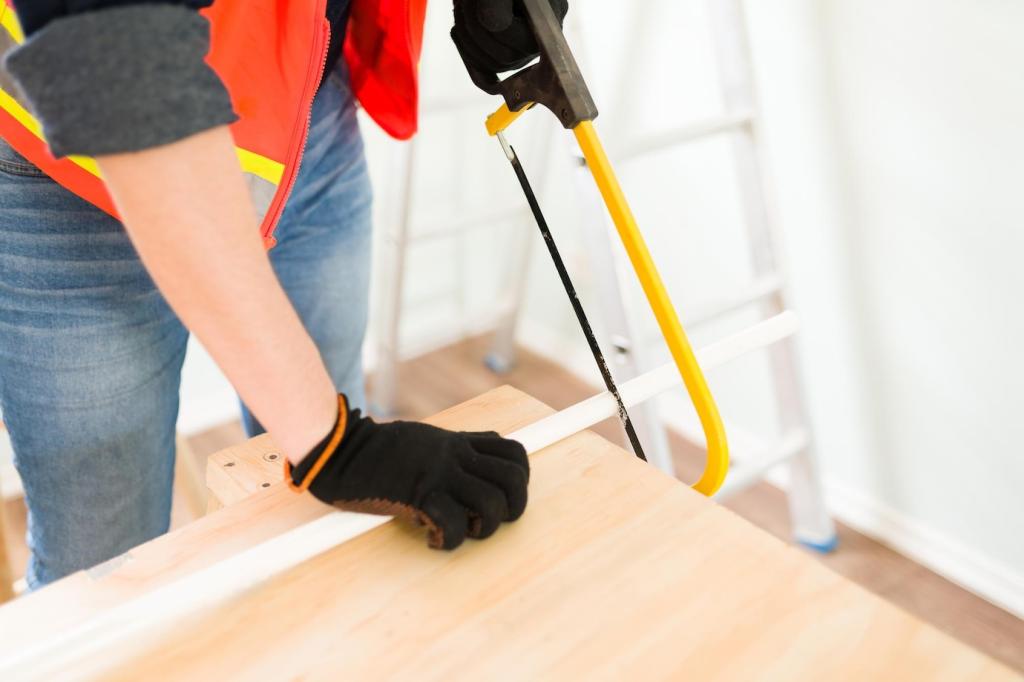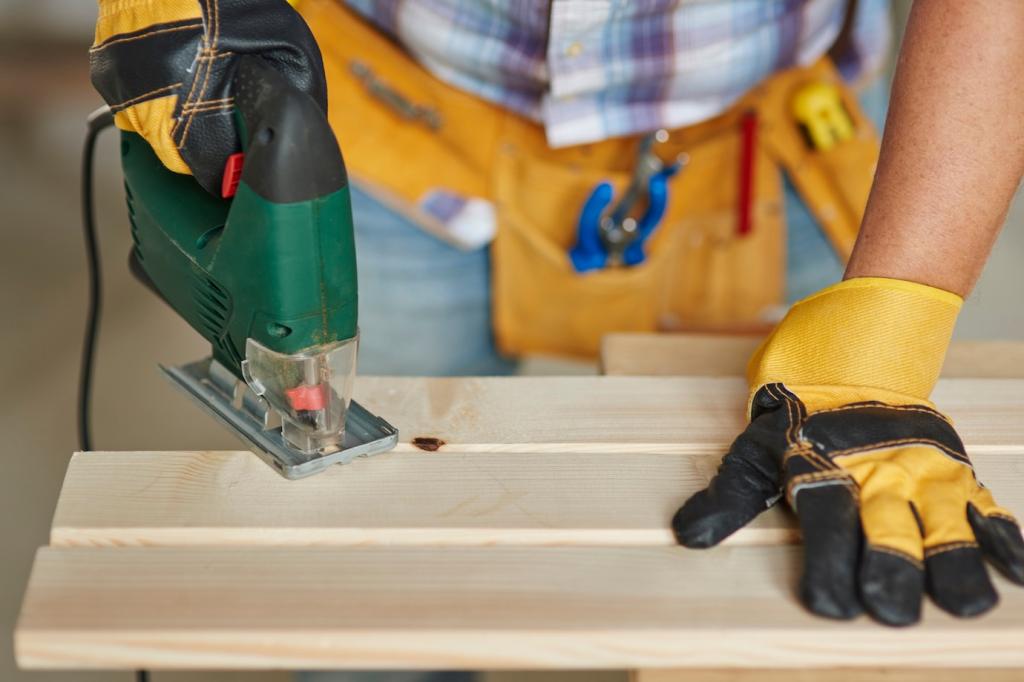Veneer, Inlay, and Marquetry Care
Inject warm hide glue under lifted areas, protect with waxed paper, and press with a veneer hammer or cauls. Work from center outward to expel excess glue. Control moisture carefully to avoid swelling edges or telegraphing substrate irregularities.
Veneer, Inlay, and Marquetry Care
Cut a diamond or butterfly patch from matching veneer, align grain and figure, and knife-fit precisely. Glue, press, then level with careful scraping. Tone with dyes and shellac. Share swatch comparisons so others can learn your color-matching approach.

